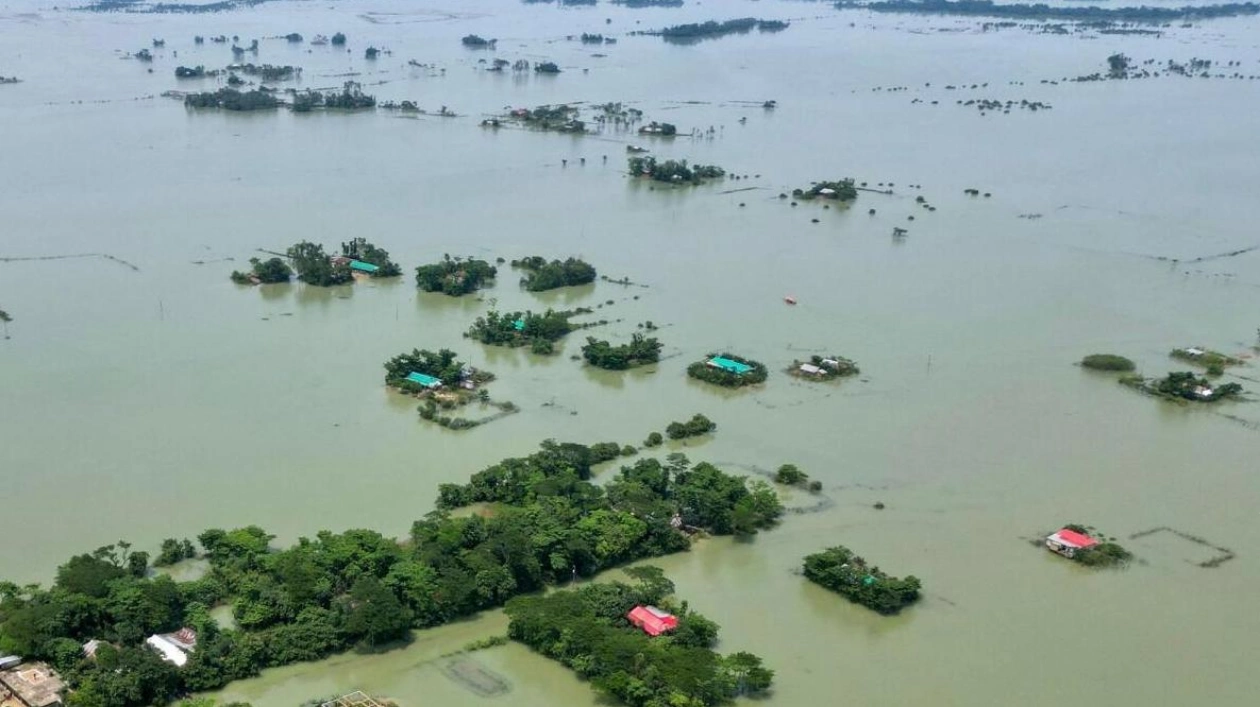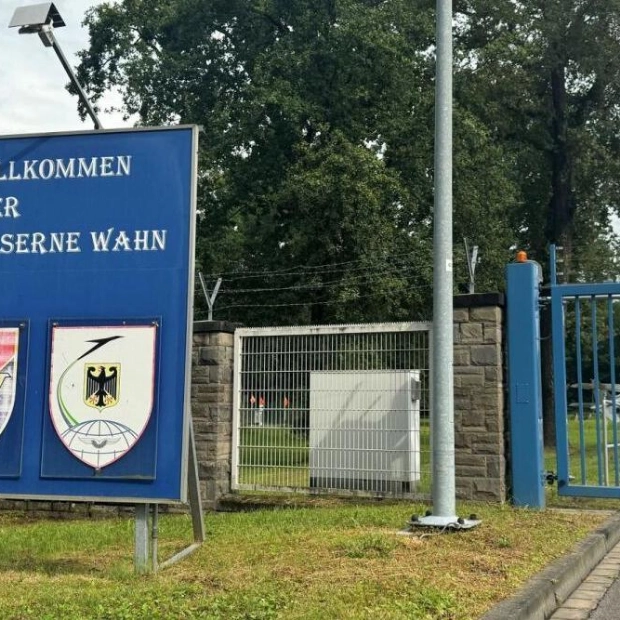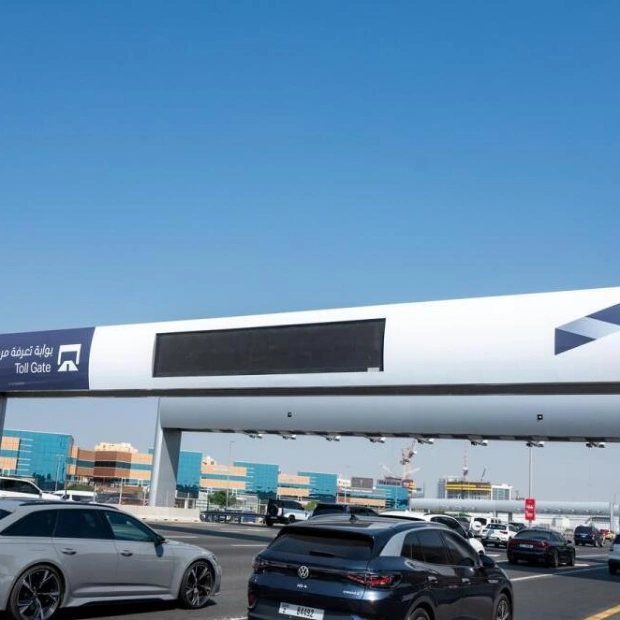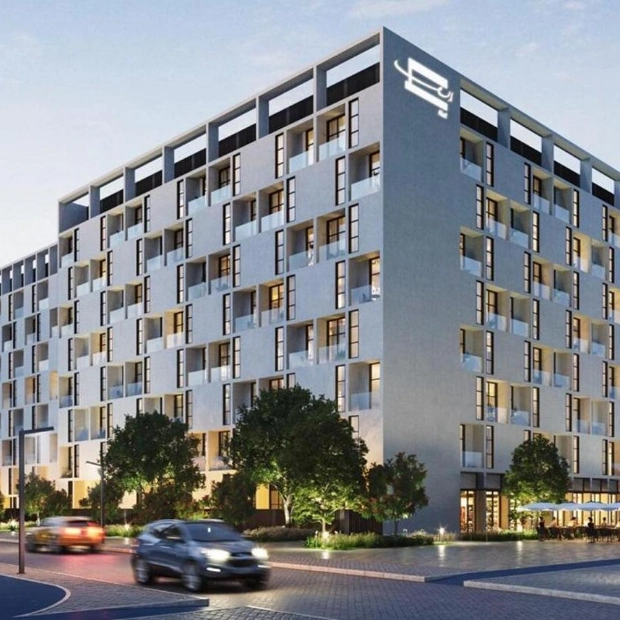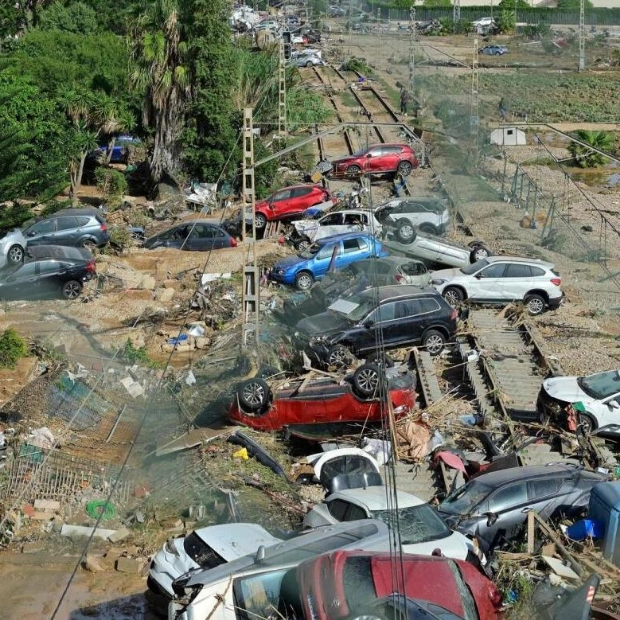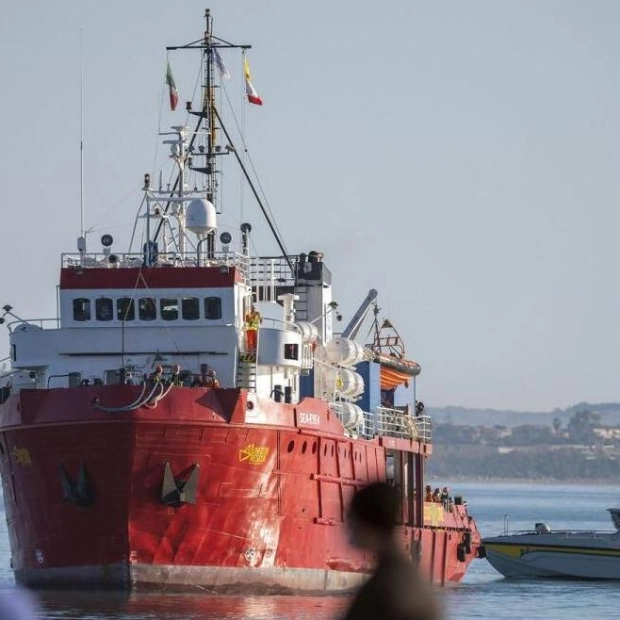Dhaka's workers, from rickshaw drivers to factory employees, face the brunt of climate extremes, experiencing torrential rains and scorching heatwaves more intensely than many others. Bangladesh's capital, a mega-city notorious for its congestion and pollution, houses approximately 10 million residents, including numerous individuals who have escaped floods and droughts from other regions of the country, which is at the forefront of climate change impacts. Addressing the needs of such a vast population while making the riverside city resilient to climate impacts is a daunting yet urgent task. City authorities have initiated their first climate action plan, launched in May, to tackle this challenge.
"Transforming Dhaka is essential for making Bangladesh green and climate-resilient," stated Environment Minister Saber Hossain Chowdhury during the plan's launch. This strategy aims to guide Dhaka towards achieving carbon neutrality by 2050, incorporating measures to manage increasingly frequent floods and heatwaves. The plan includes transitioning to renewable energy, promoting electric vehicles, expanding green spaces, restoring natural drainage, implementing early flood warning systems, and ensuring a secure water supply by 2030. Dhaka joins other cities in the region in directly confronting the climate crisis.
Asia, the region most affected by climate disasters in 2023, including floods, storms, and heatwaves, is also experiencing faster warming than other areas, according to the World Meteorological Organization. With approximately 704 million people residing in urban areas in South Asia, there is an urgent need to prepare cities for a more perilous future. Shruti Narayan, managing director at the C40 Cities network, emphasized the importance of setting greenhouse gas emission baselines and risks to measure progress over time. "Data-driven targets and monitoring are crucial for transforming plans into reality," Narayan noted.
Over 60 cities, including major Asian urban centers, have announced climate action plans under the C40 platform, aligning with the 2015 Paris Agreement's goal to limit global warming. The stakes are high, as the Asian Development Bank warns that unless emissions are reduced, the economies of six countries could shrink significantly by 2050 and 2100. Currently, over 200 million people in these countries face threats from the rapid loss of Himalayan snow cover and rising sea levels. Cities, which consume two-thirds of the world's energy and host half of the global population, have committed to cutting emissions and adapting to climate hazards.
Dhaka's twin municipalities have set a target to reduce emissions by 70% by 2050, identifying the most polluting sectors and establishing emissions inventories for 2021-22. Financing these changes remains a challenge, with cities in the Global South often criticizing richer countries for not contributing their fair share to climate change costs. The upcoming COP29 climate summit in Azerbaijan is expected to focus on setting climate finance goals from 2025 onwards to aid poorer nations in curbing emissions and adapting to extreme weather and sea-level rise.
Meanwhile, some Global South cities have invested in innovative digital tools like digital twins to enhance climate resilience, while others struggle for resources. Mumbai, India's wealthiest municipality, allocated a significant portion of its budget to climate actions, including expanding tree cover and managing floods. In contrast, resource-constrained Dhaka must prioritize cost-effective measures, according to Md Sirajul Islam, chief town planner of Dhaka South City Corporation. Jaya Dhindaw, head of the South Asian chapter of the World Resources Institute, highlighted that achievable actions like extending urban park hours in Bengaluru can boost cities' confidence in the feasibility of climate projects.
Dhaka will require funding to increase renewable energy use, manage organic waste, and electrify vehicles. Jubaer Rashid, Bangladesh representative of ICLEI – Local Governments for Sustainability, pledged support to city officials in developing fundraising proposals. Urban planners and environmental activists stress the need to counteract poor planning that has worsened climate-related issues. For instance, Dhaka's northern part has lost 66% of its green cover in the last three decades due to unplanned urban expansion. The climate action plan aims to restore canals and increase green spaces to 25% of the city by 2050. However, with up to 2,000 new residents arriving daily in northern Dhaka, the urgency to act remains high.
